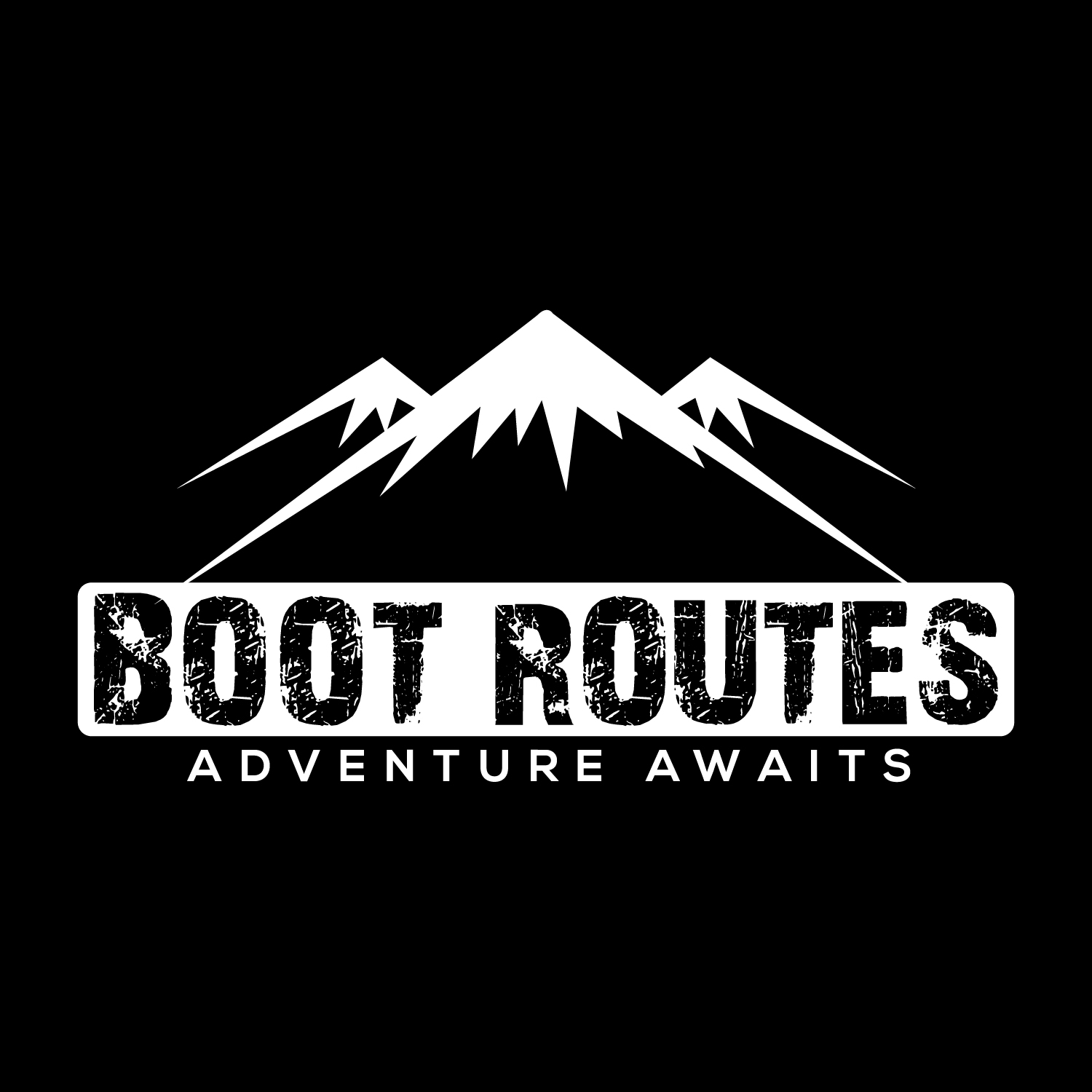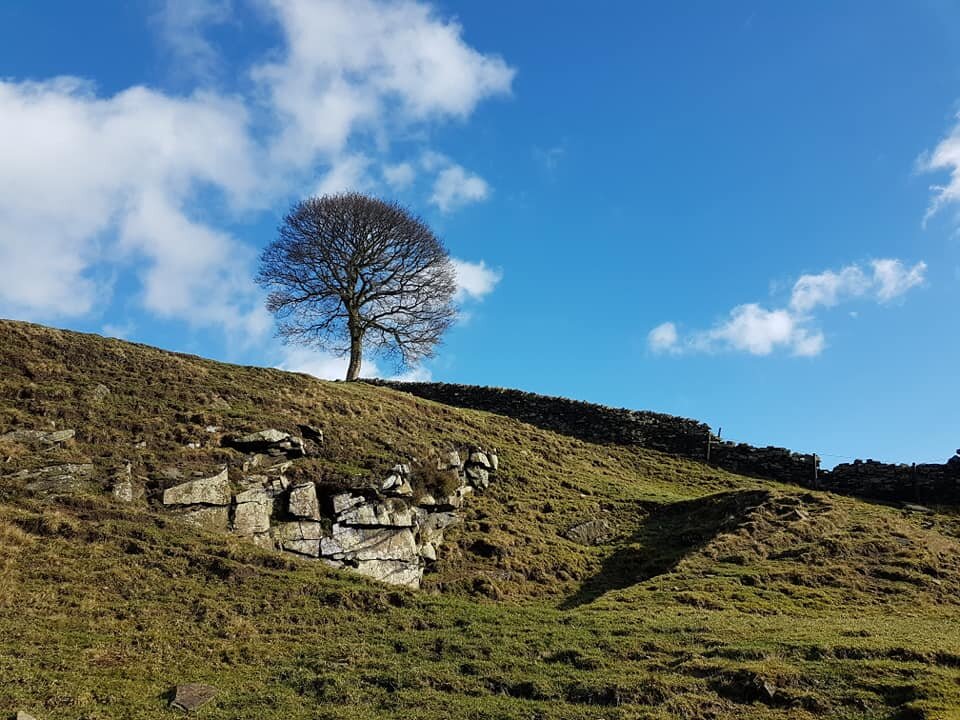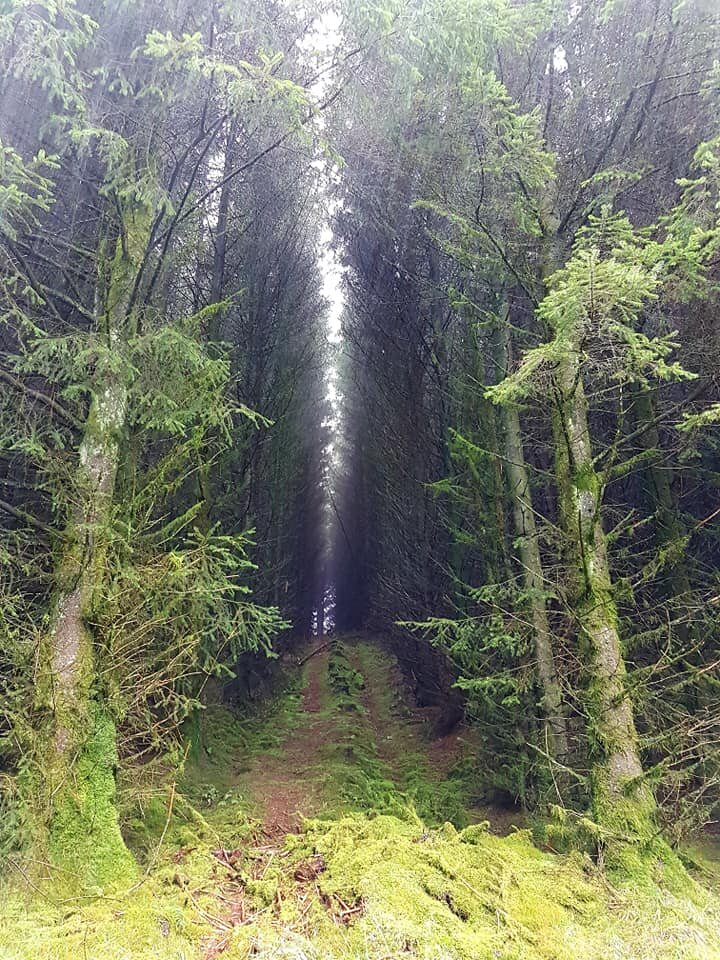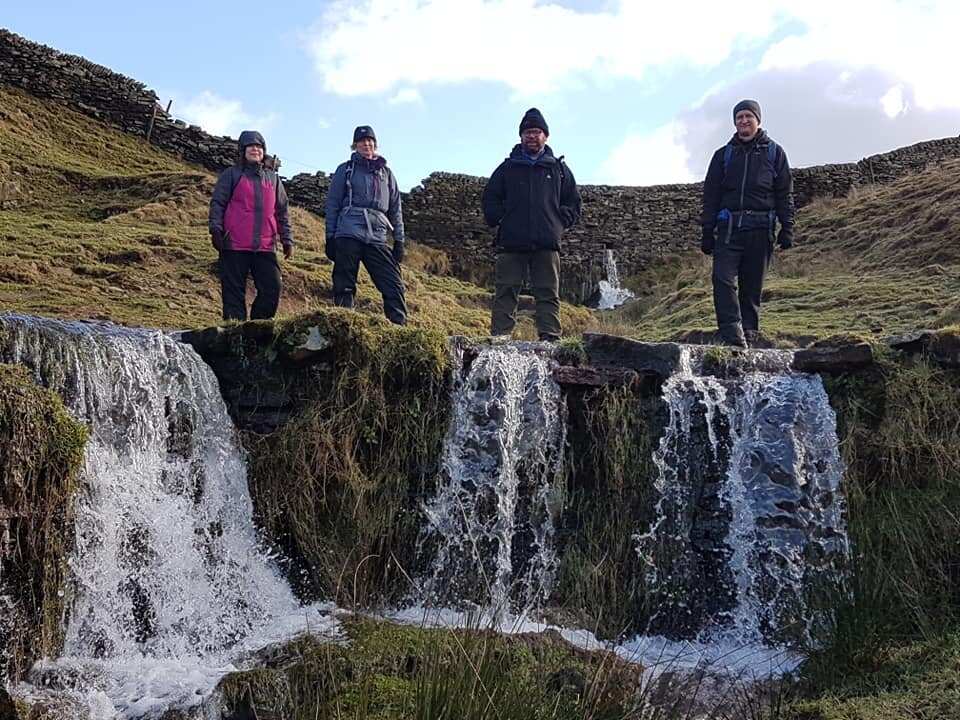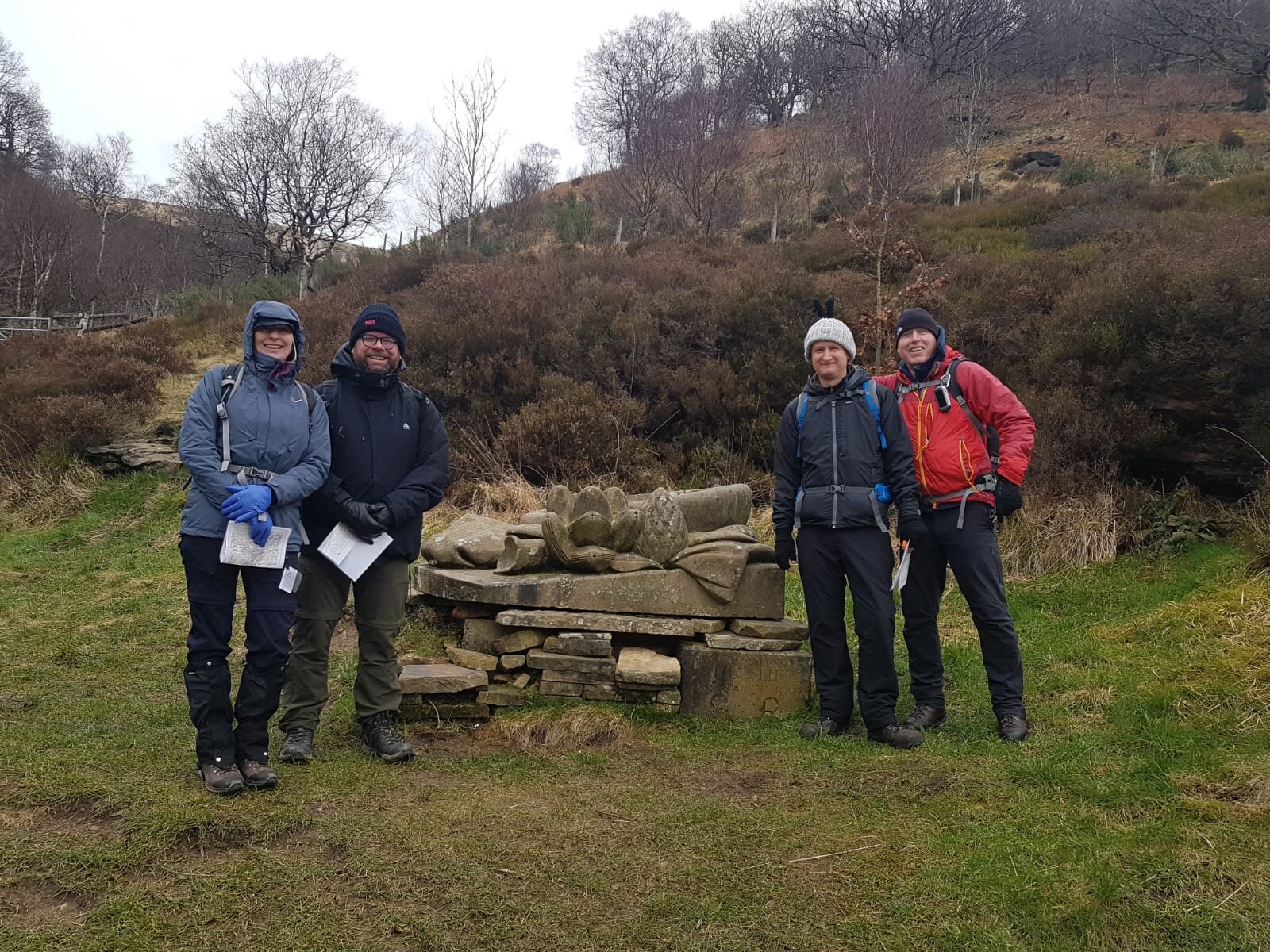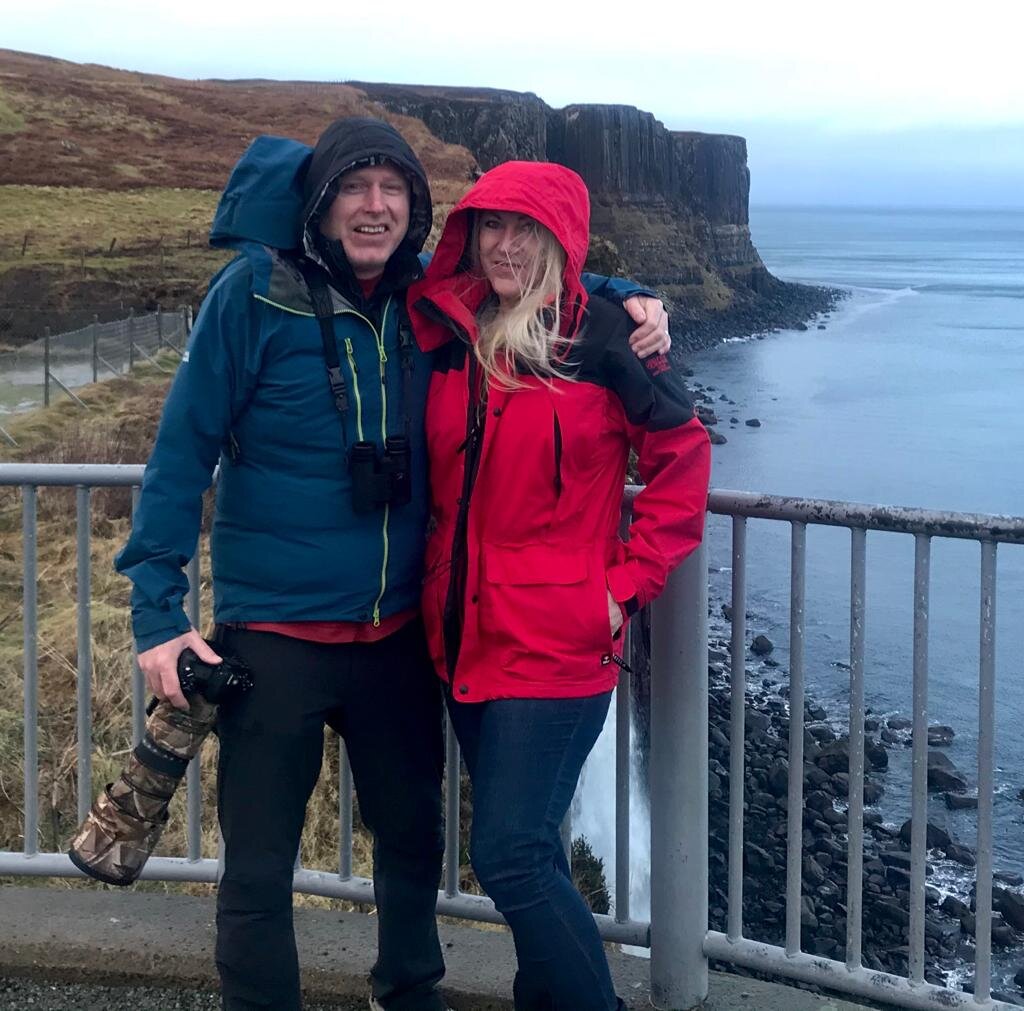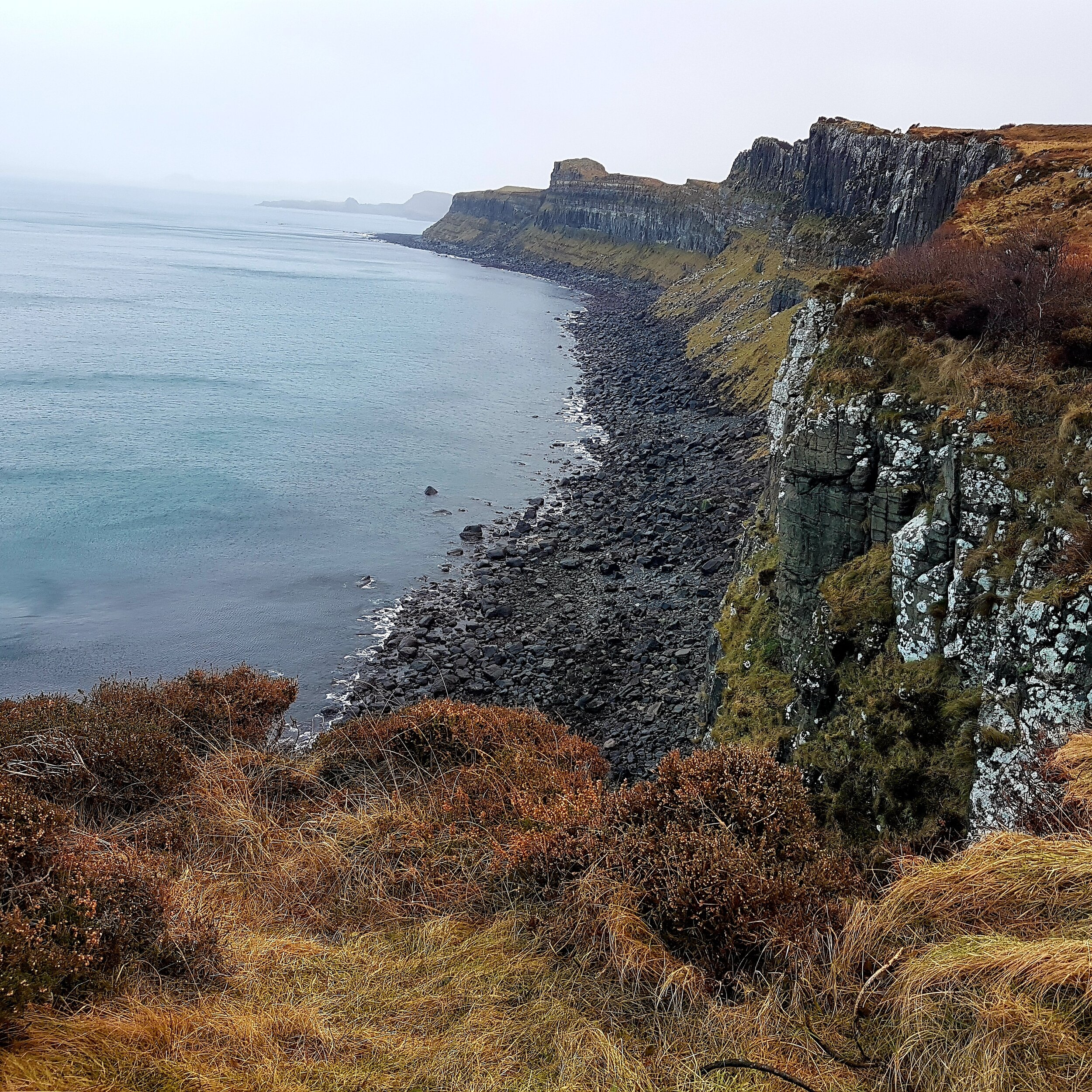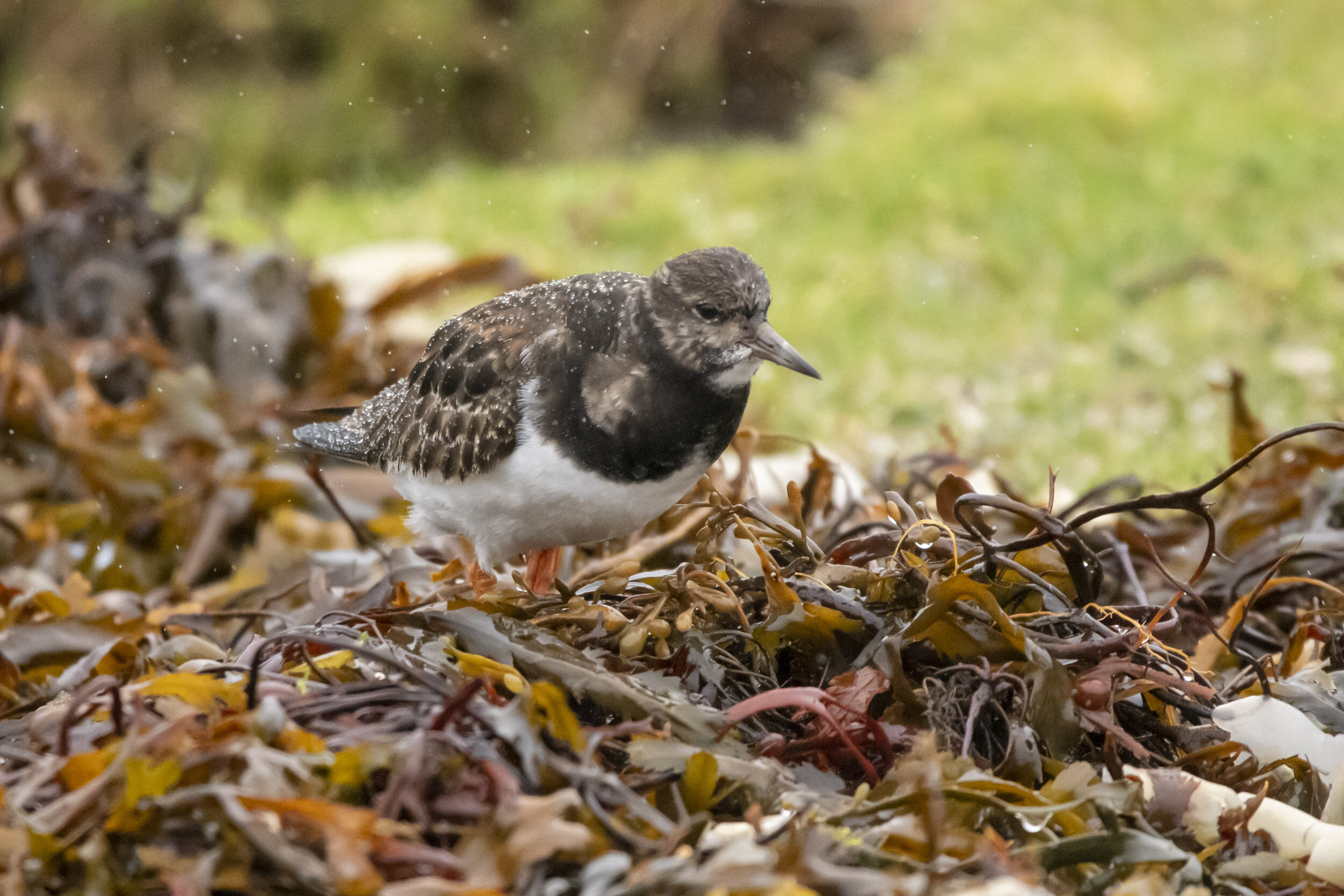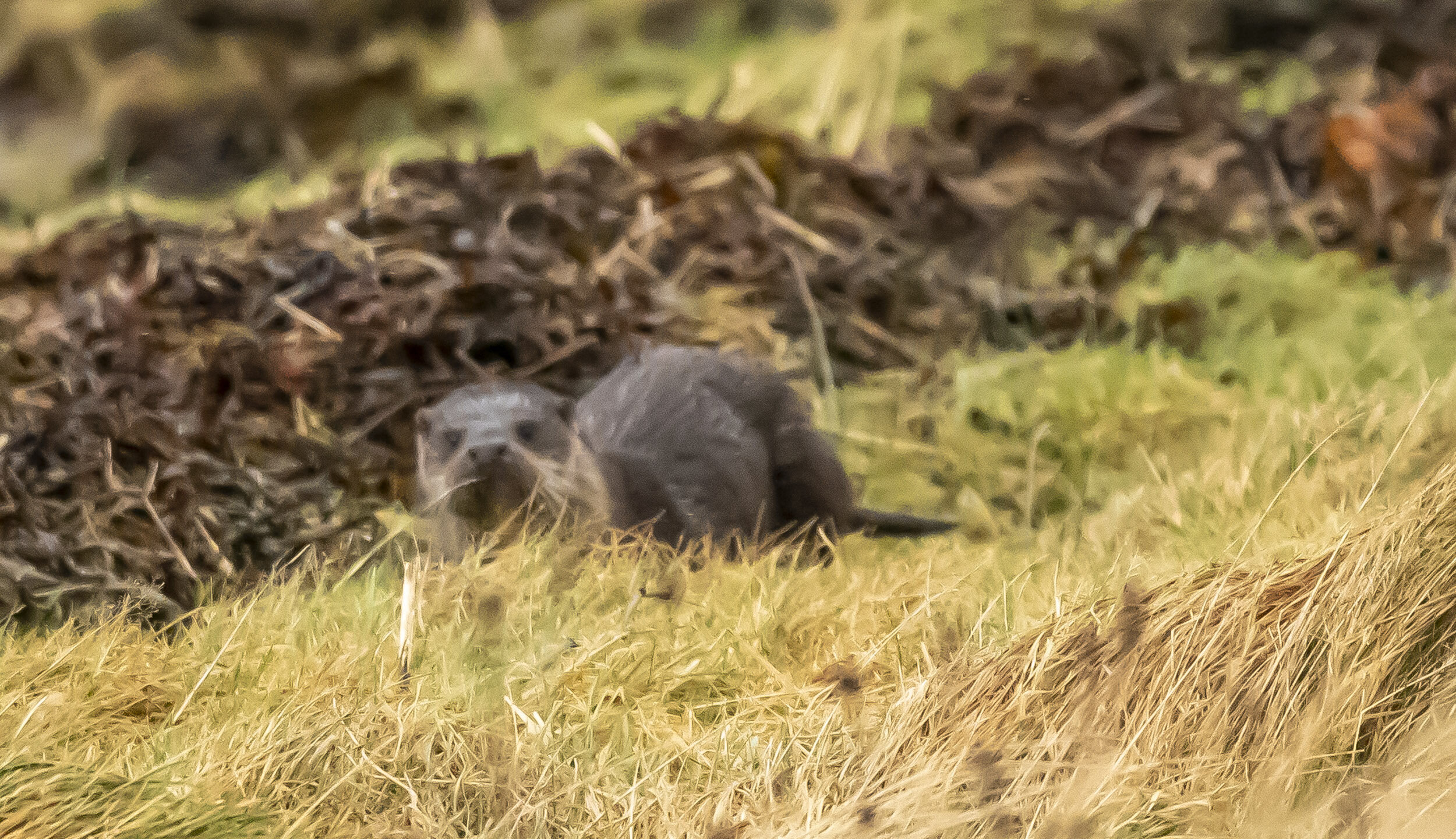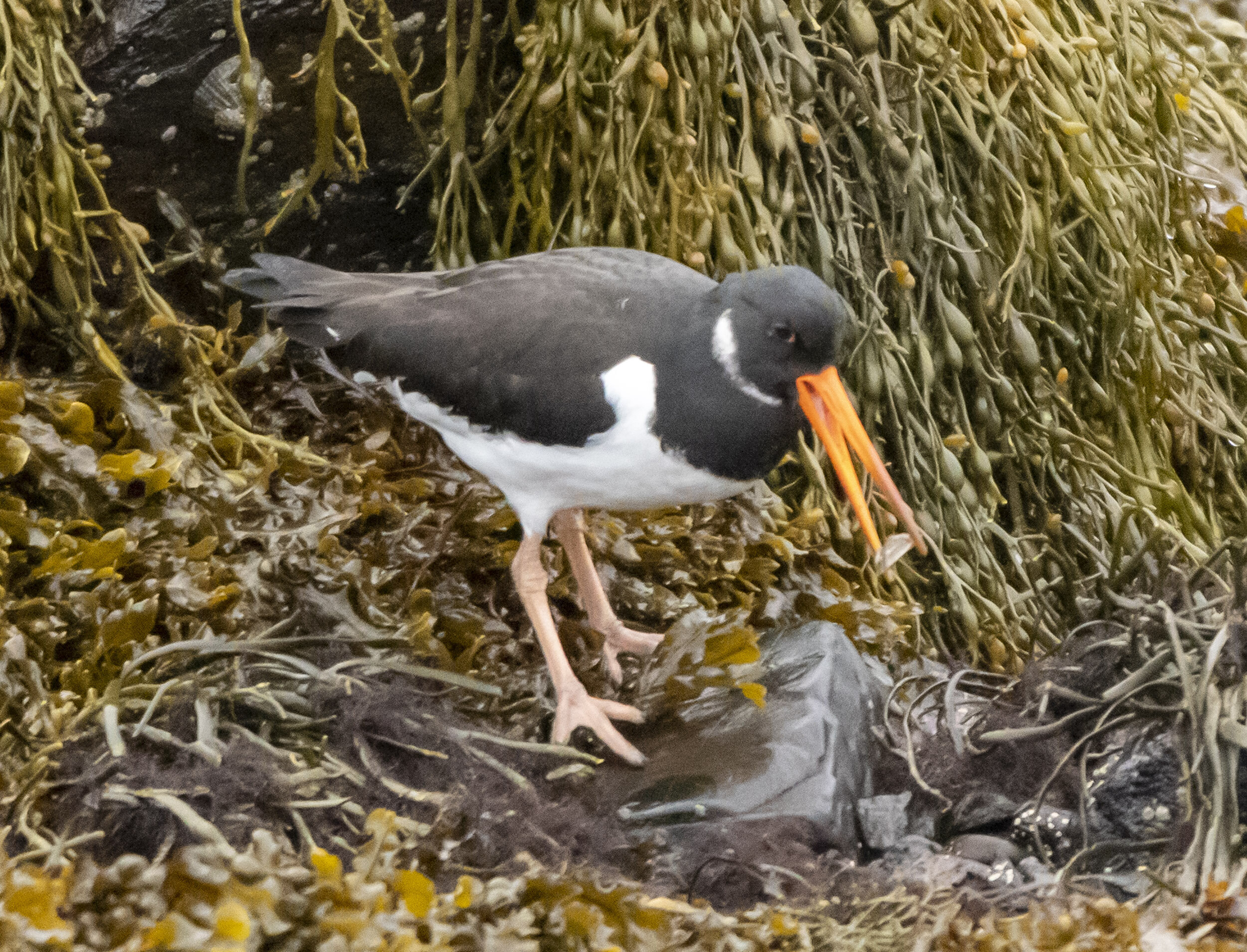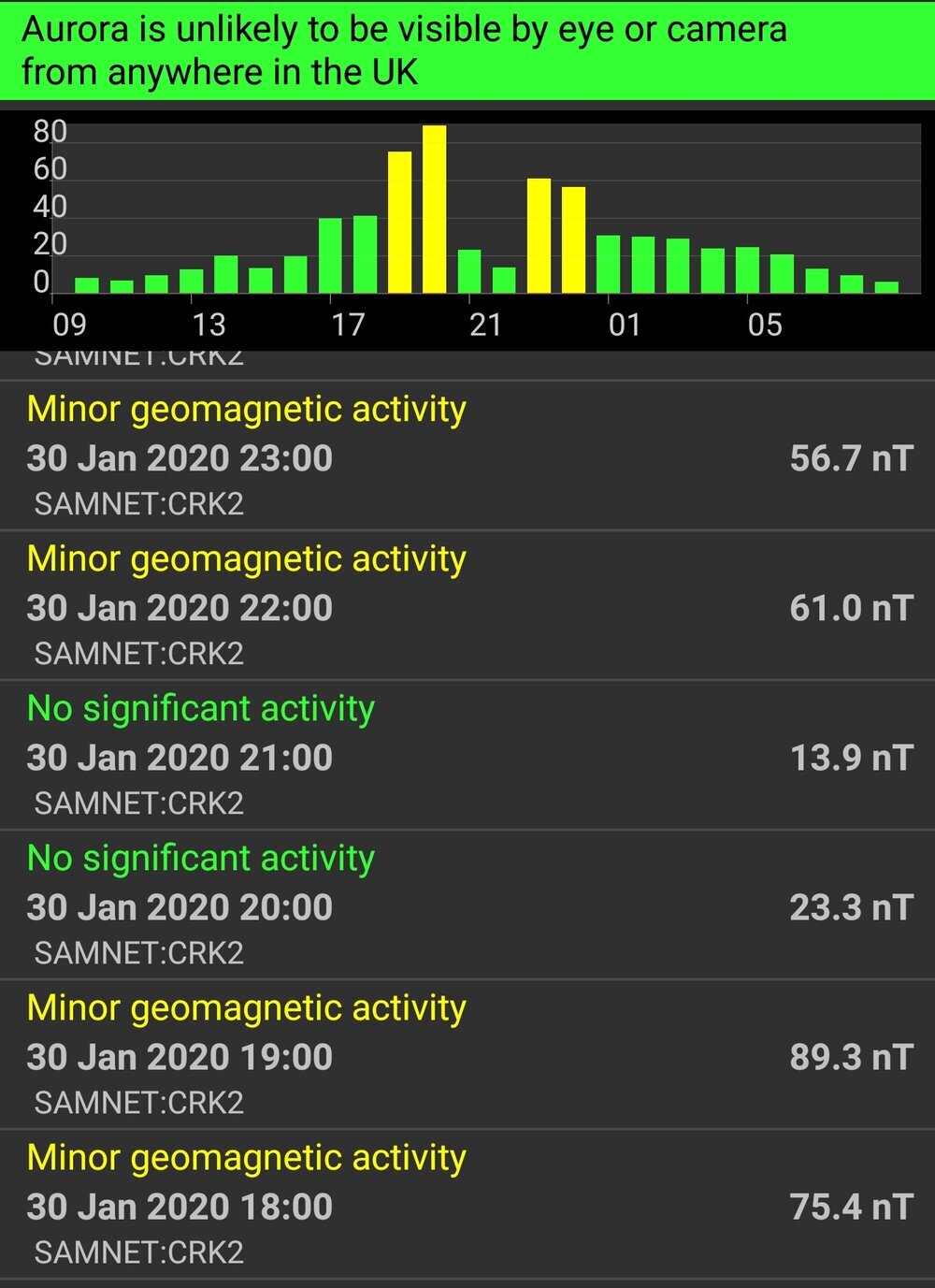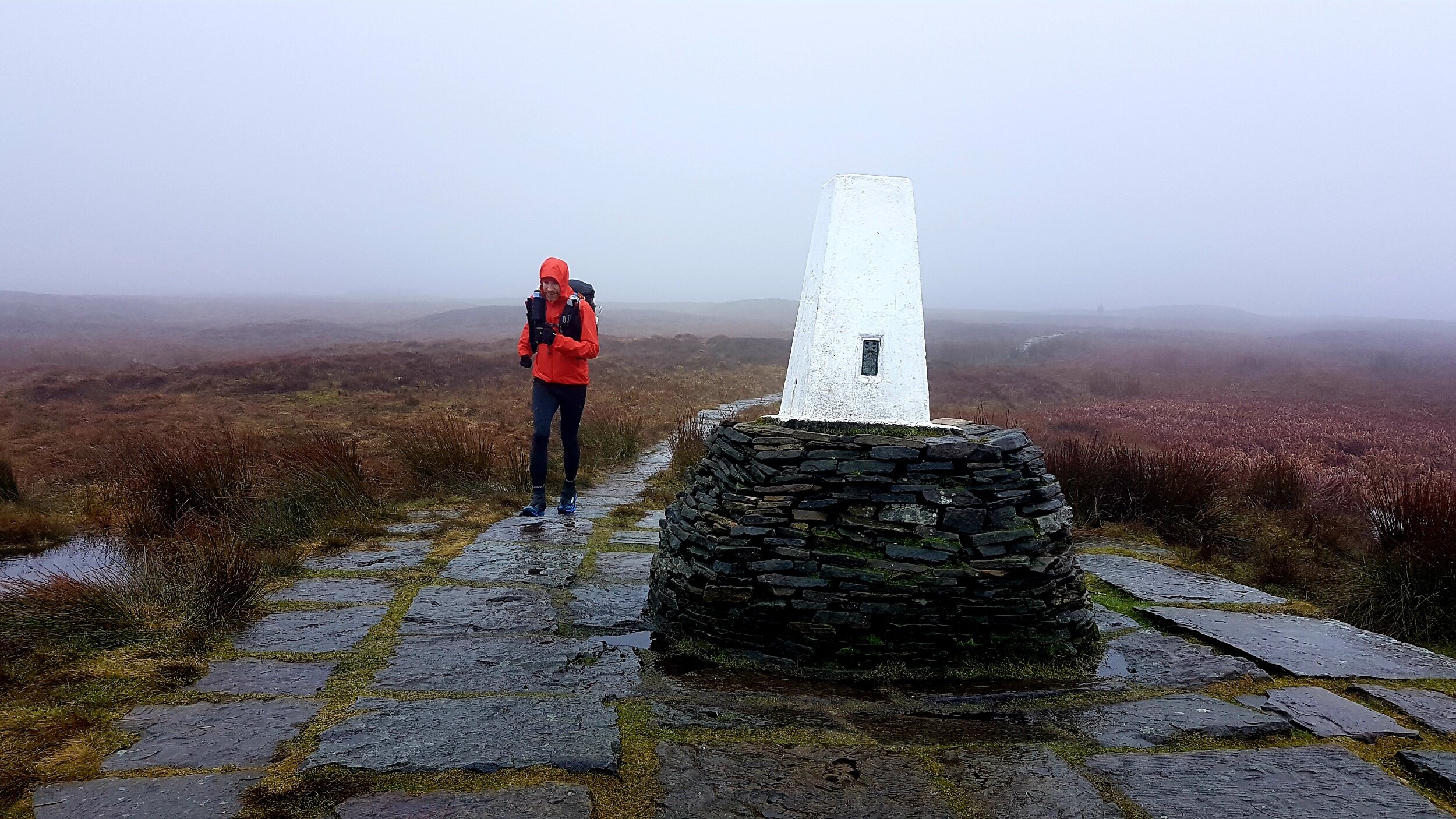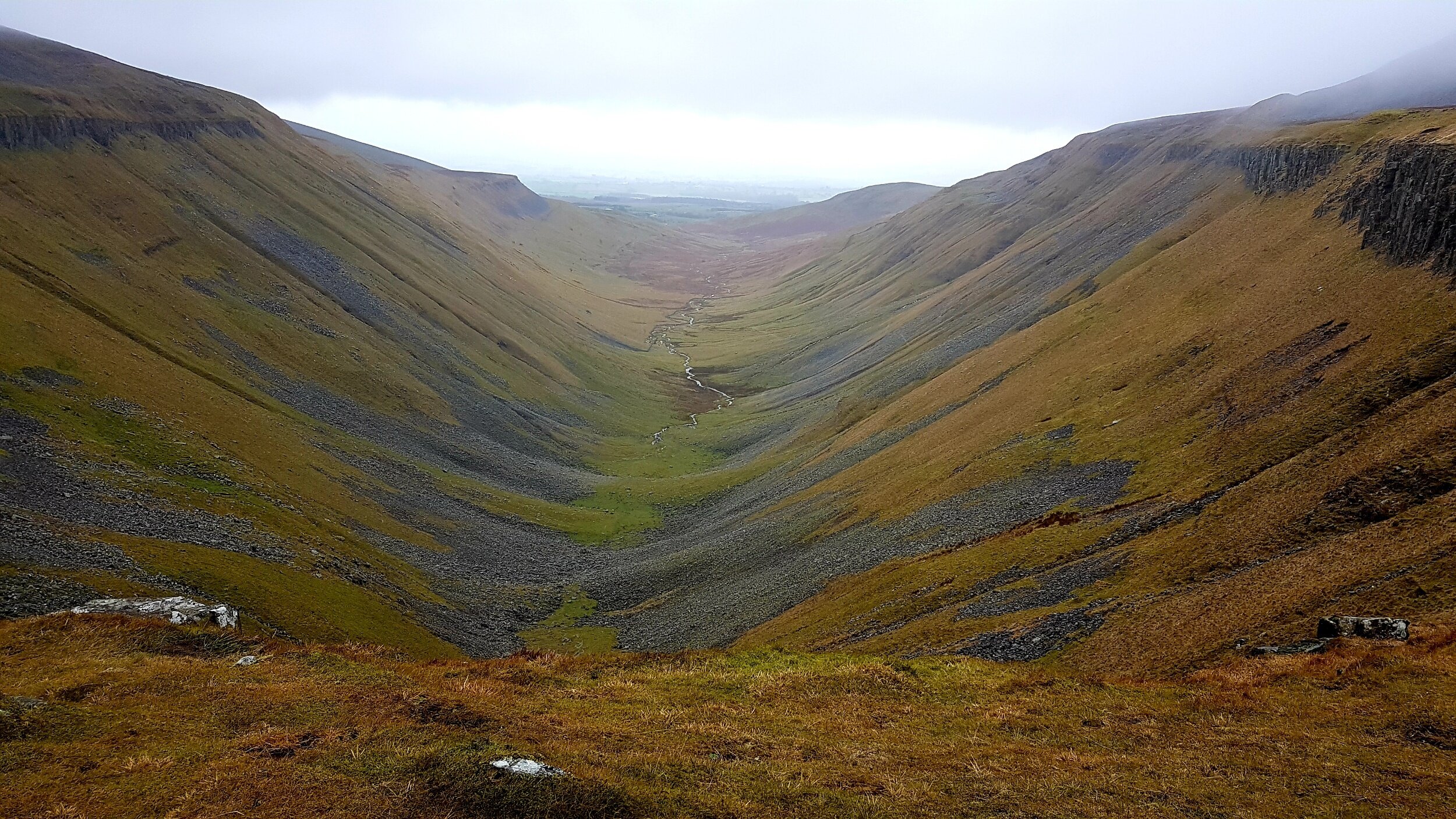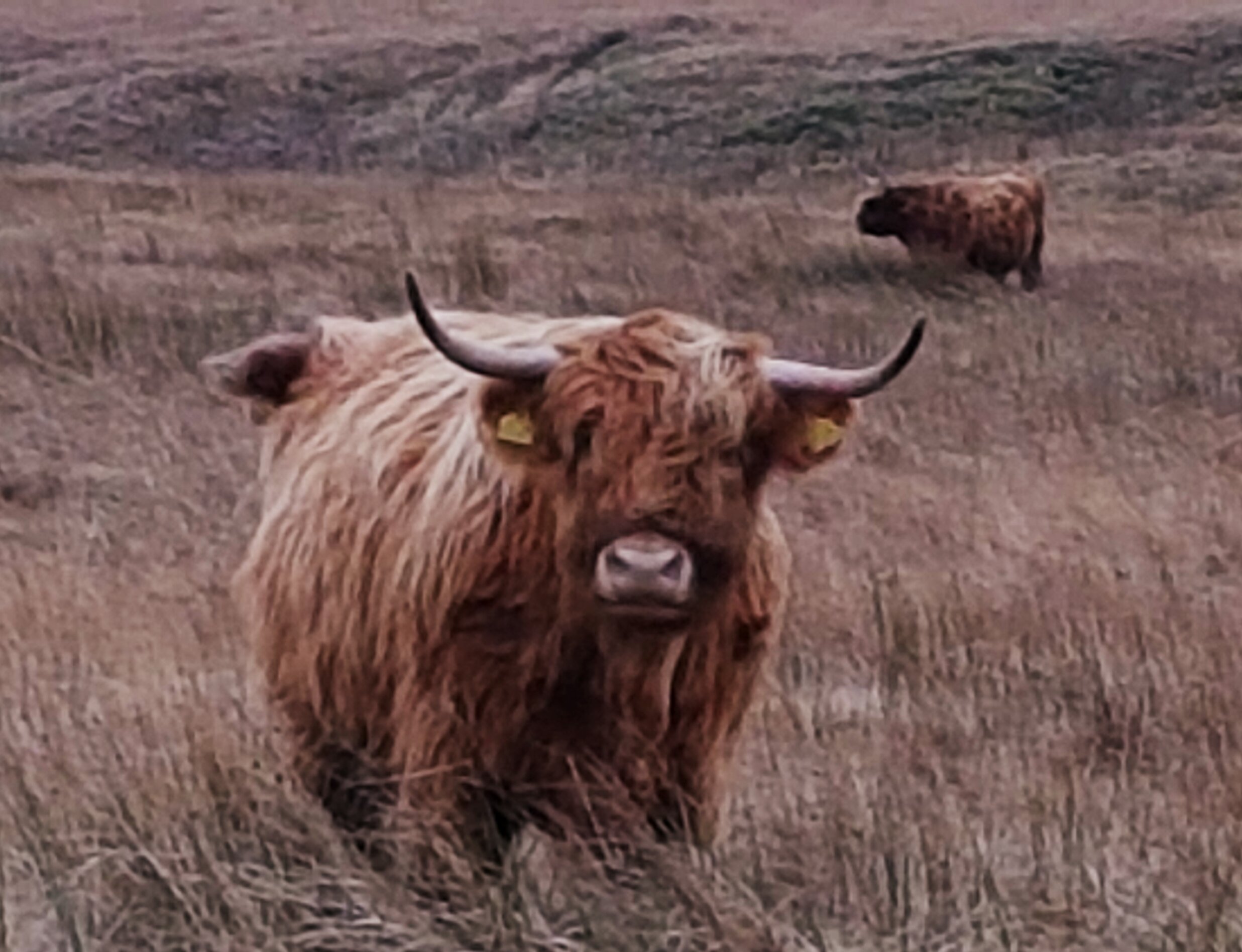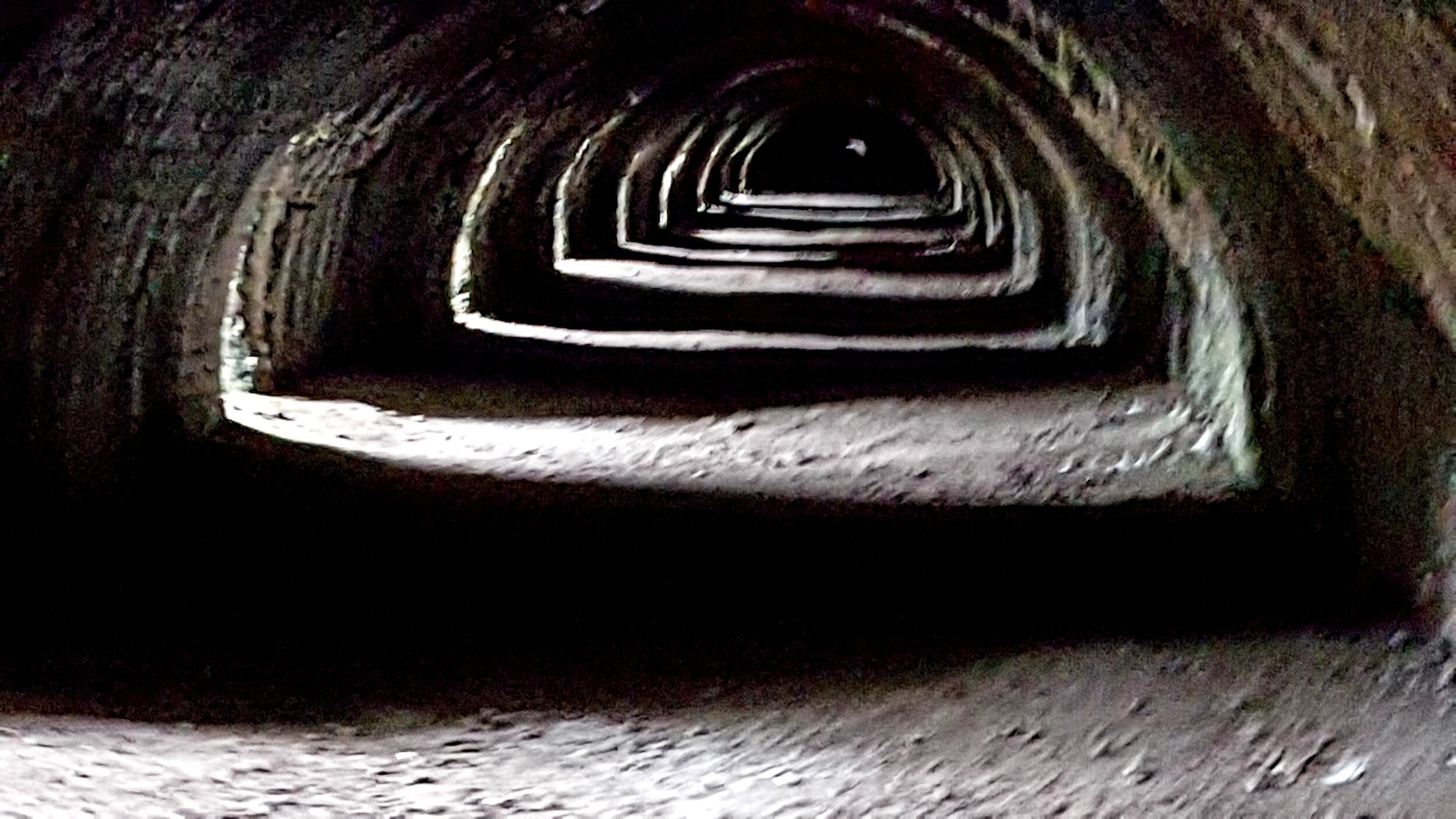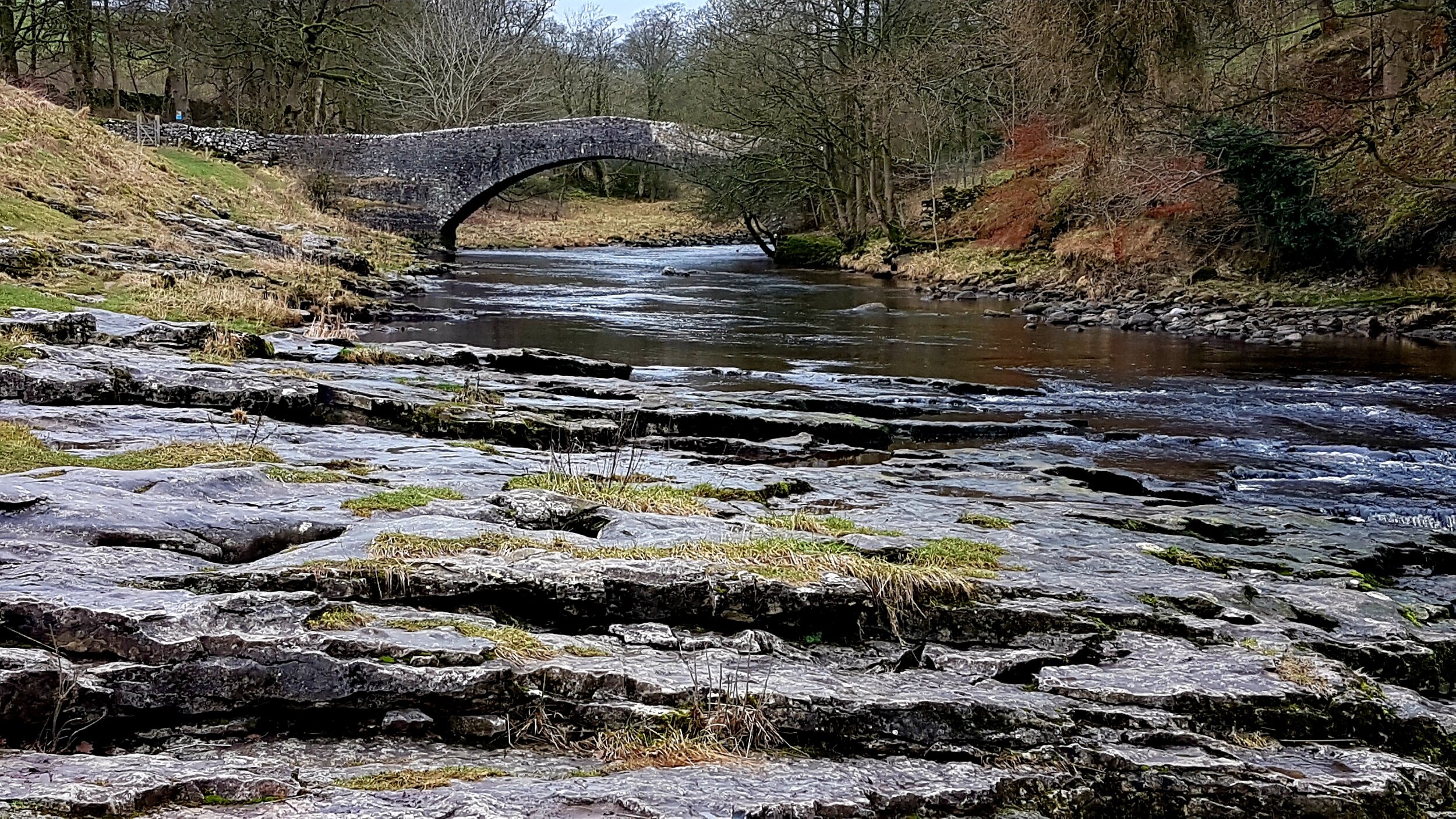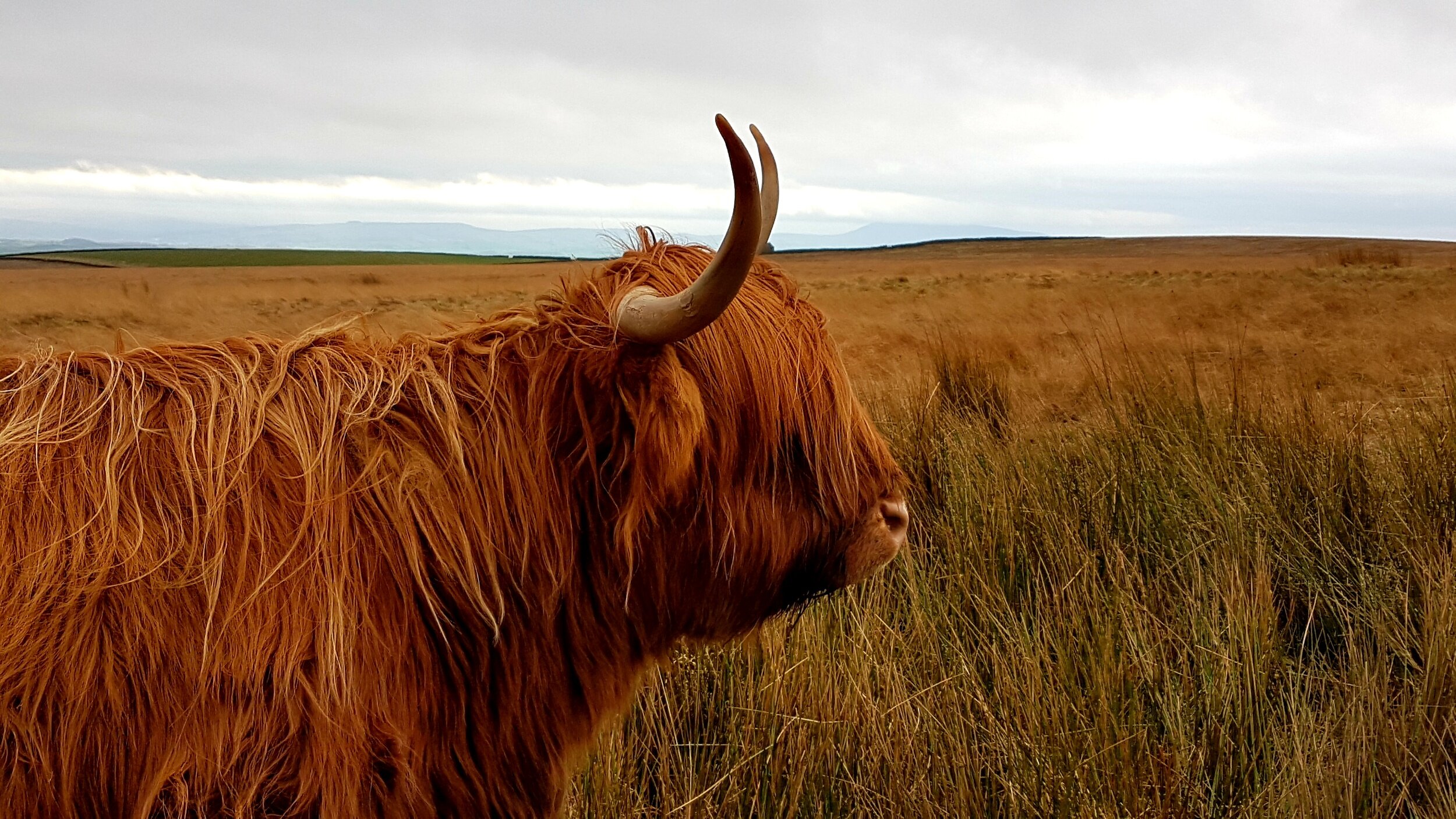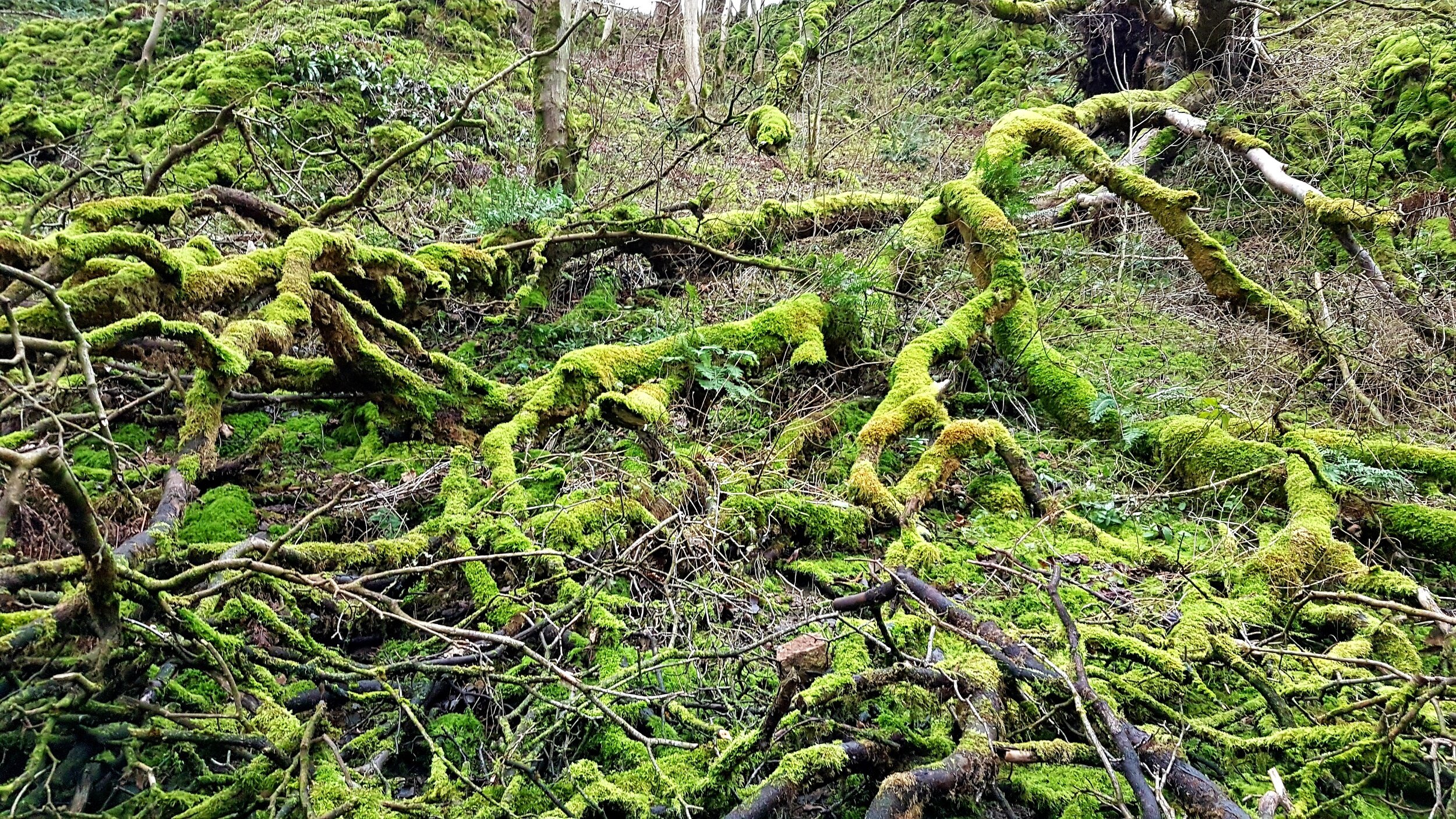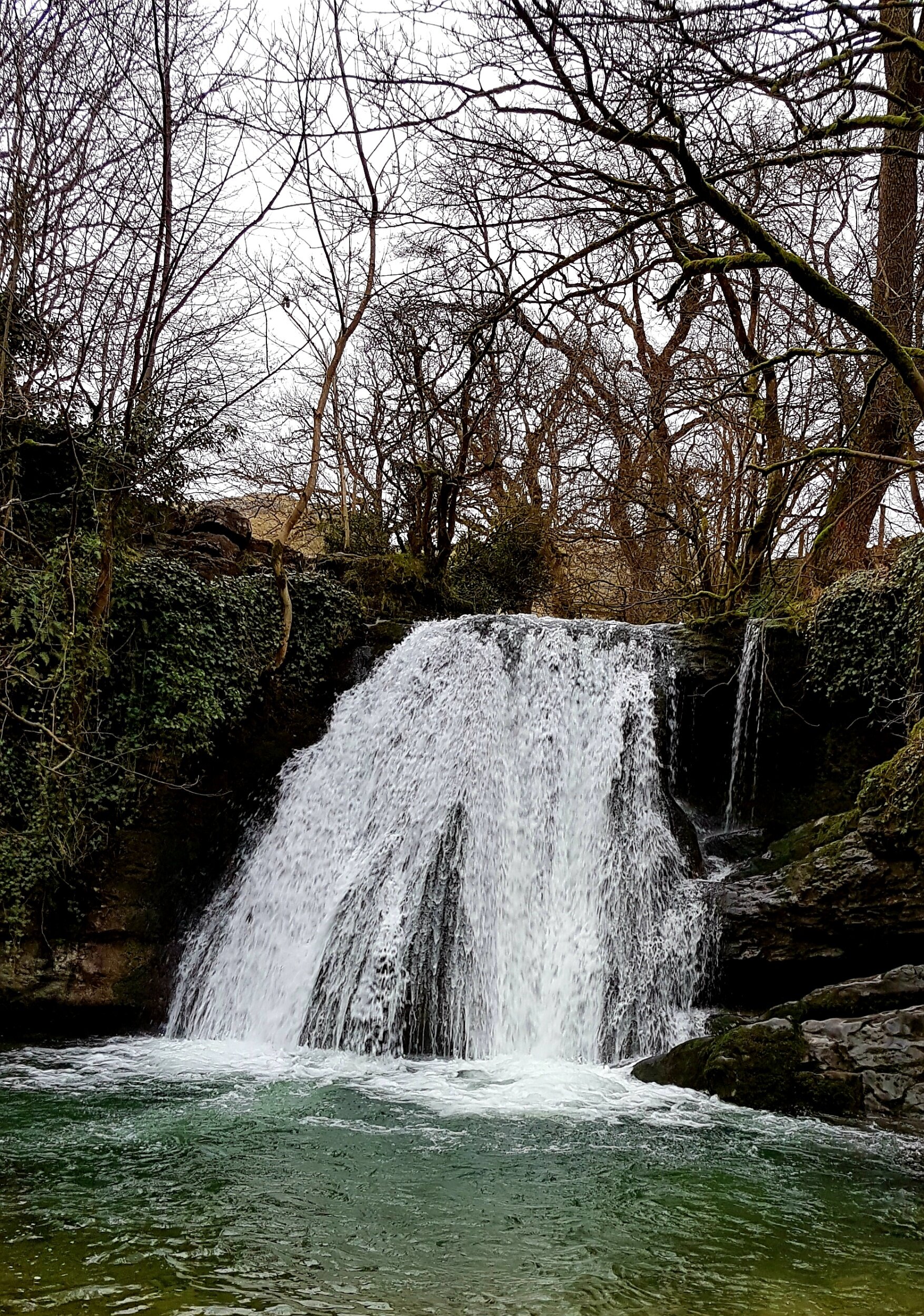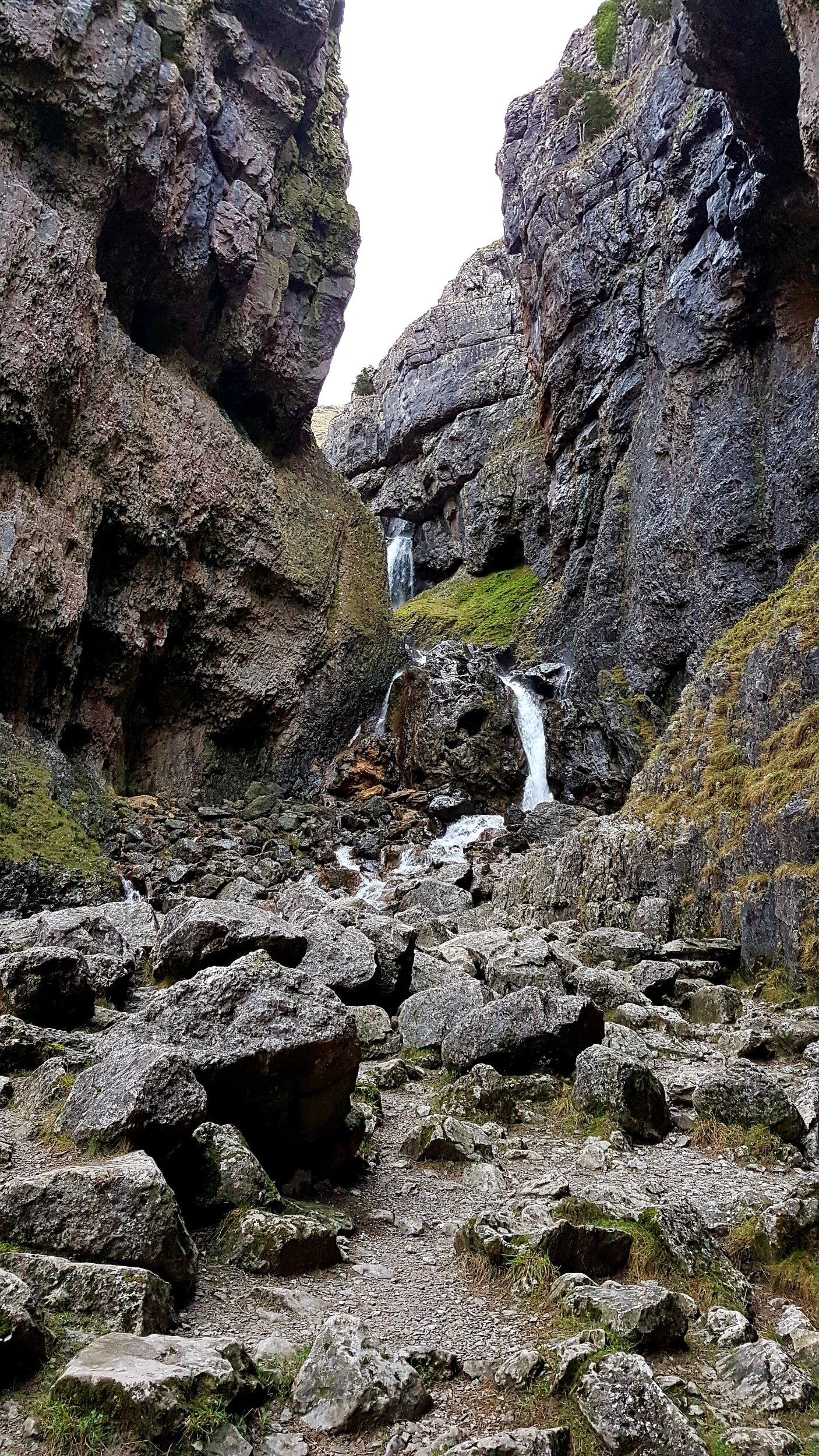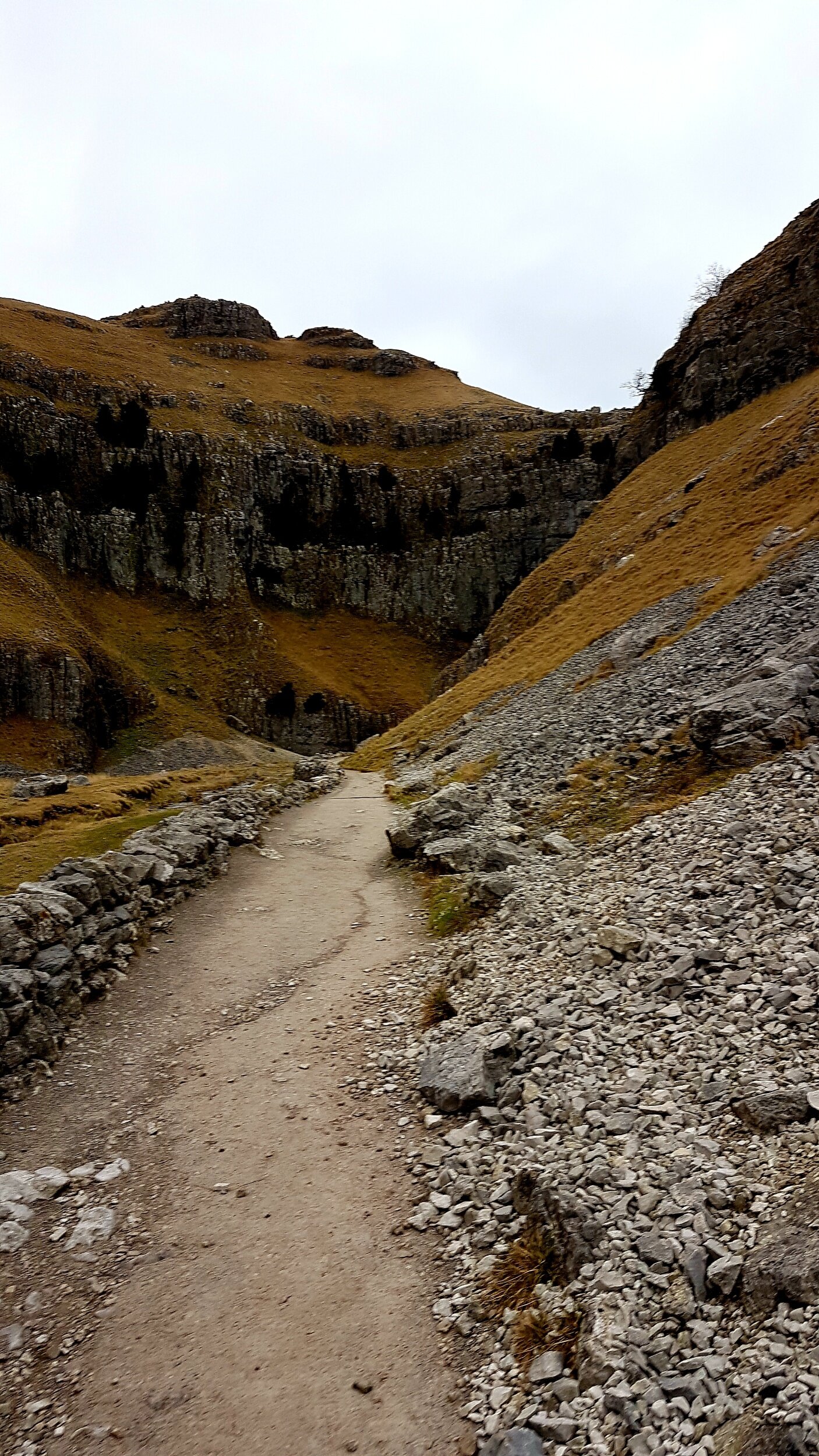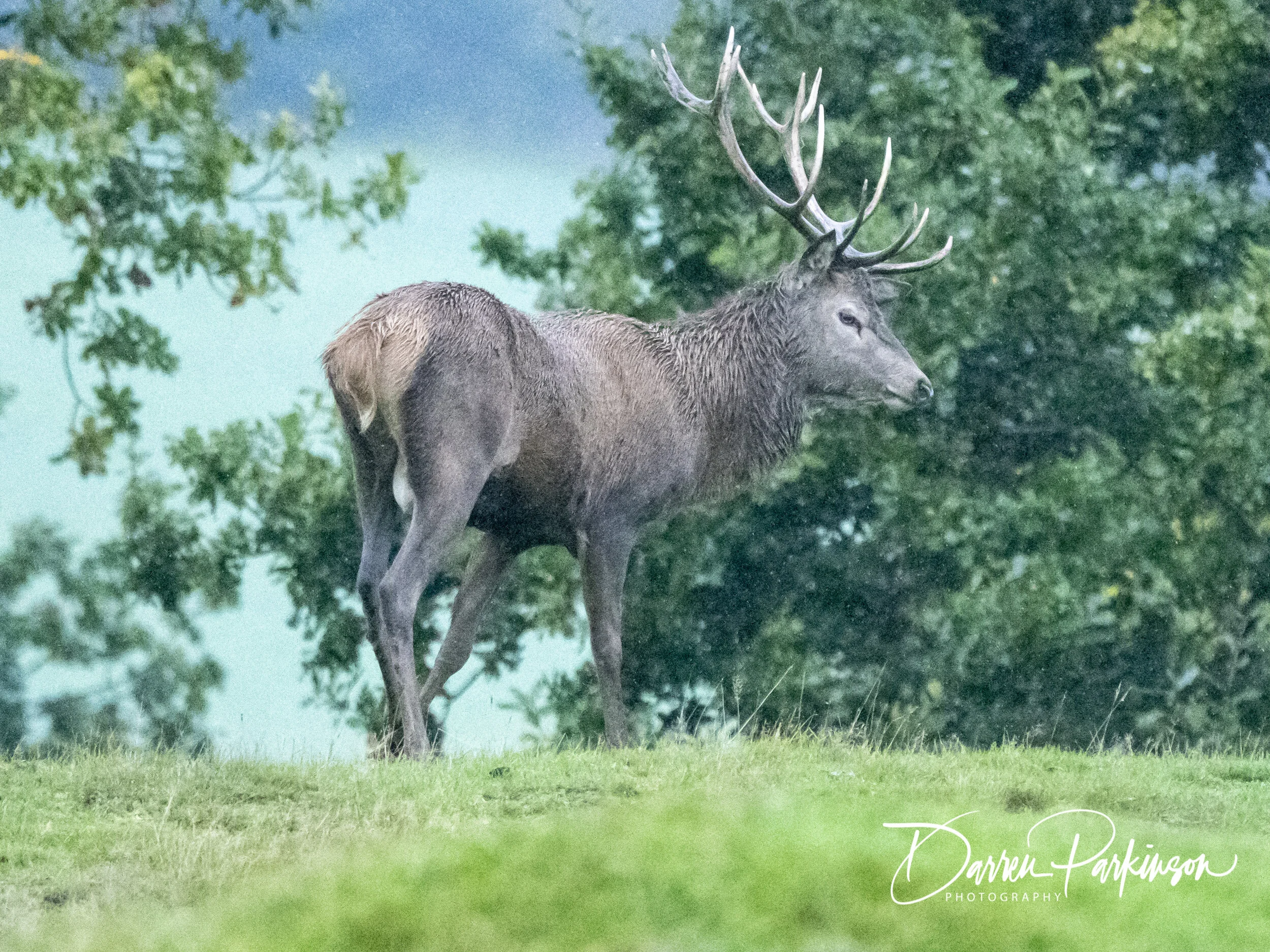Winter Quality Mountain Day
/In the Mountain Training arena, the unit of measurement of mountaineering experience is called a Quality Mountain Day (QMD), and you need to obtain 20 Winter QMD’s to attend a Winter Mountain Leader Training course, then you need another 20 Winter QMD’s to attend the assessment.
The definition of a Winter QMD will involve most, if not all of the following factors:- It is most likely that the ascent of a significant mountain is included in the day. The individual takes part in the planning and leadership. Navigation skills are required. Knowledge is increased and skills practised. Attention is paid to safety. Adverse weather and underfoot conditions may be encountered. Five hours or more journey time. Conditions encountered should be in terrain and weather comparable to that found in the UK in true winter conditions. An ice axe and crampons are likely to be required, and that ladies and gentleman is exactly what I got yesterday.
The day started with a frustrating 4 hour drive to Crummock Water, and because of the motorway delays I was desperate to get out onto the hills and get back to the van before darkness kicked in. However in my hastiness to get out there, I made a few basic schoolboy errors. I was halfway up the hill before I realised I hadn’t put on my gaiters, which I deeply regretted once I got up into the deep snow and the snow started getting into the top of my boots. Neither had I grabbed my water bottle, or my flask and my battery pack was on charge in the car with my phone having only a small amount of charge in it.
In my Mountain Rescue Team we are implementing a system called STOP, PAUSE, GO, and by introducing that short pause you give yourself an opportunity to think about your kit, the route, is the car locked, and the other million things running around your head. This introduced pause would have been helpful on today’s adventure, but these were minor issues and although some snow got into the top of my boots it didn’t really warrant me heading back down to the van.
My first hill of the day was Grasmoor, and at 852 metres is the highest Wainwright that I haven’t yet climbed. Of course I had a plan B, but the weather according to MWIS looked reasonable and I’m definitely not one to fall into the ‘Scarcity heuristic trap’, as some of my best days out have been on lower hills.
Head down I trudged upwards, turning occasionally to enjoy the views, and about an hour later I hit the halfway mark at Lad Hows. From here is a steep ridge upwards, where the left of the ridge was scoured where the snow had been blown away, and the right was loaded with snow with cornices forming higher up. So I kept to the left and as I gained height the clouds came in and visibility was reduced to about 10 metres. As the terrain started flattening out, I stopped and took a bearing to the top of Grasmoor, I also paced it to make sure in the seriously reduced visibility that I wasn’t going to drop of one of the many cliffs that I was heading towards. Given the occasional deep snow I also added 10% onto my pacing count, and a short time later I arrived at the summit shelter.
From here my route took me down to the ‘Hause with no name’ at Grid ref NY186202, I broke this section down into 2 legs with each leg paced and on a bearing. At the ‘Hause’ I saw my first other walkers of the day, and after a brief chat with a pleasant chap I took a bearing and headed up to the summit of Crag Hill. There were big areas of ice on this section, but it didn’t quite warrant the use of crampons, and my ice axe was tucked away between my rucksack but available quickly if needed.
At the ice covered summit I grabbed a quick photo of frozen trig point, took a bearing and headed back down towards Wandope. On the way down the clouds lifted briefly to show me the drop down into Addacomb Hole where cornices had formed at the top, and keeping these to the left I was able to use the edge as a handrail which led me nicely up to the summit of Wandope.
This is where the weather changed and heading into the strong winds with driving Graupels meant I was diving into my rucksack for my goggles. With visibility down to less than 2 feet for about half an hour I took another bearing and paced out to the cairn at the top of Whiteless Edge. Luckily the clouds lifted a bit and I was able to check out the ridge line to the top of Whiteless Pike and grab a few images. Again the ridge was scoured on one side and loaded on the other side, remembering a saying from a course at Glenmore Lodge that ridges are bridges, I kept away from the loaded side and made my way to the top of Whiteless Pike passing a couple of guys in crampons.
From the top of Whiteless Pike I made my way back down to Whiteless Breast, up Rannerdale Knotts for my fifth Wainwright of the day, and then down to the road where I made my way back to the van.
So once changed, I was sat in the van eating a nice warm meal with a fresh coffee reflecting on the day. Although it ticked all the boxes of being a Winter QMD, I was sat looking at my battery pack on charge, my full water bottle and flask on the side and my clean gaiters on the floor. So note to self, ‘ Introduce that Stop, pause, go system prior to heading out’.
